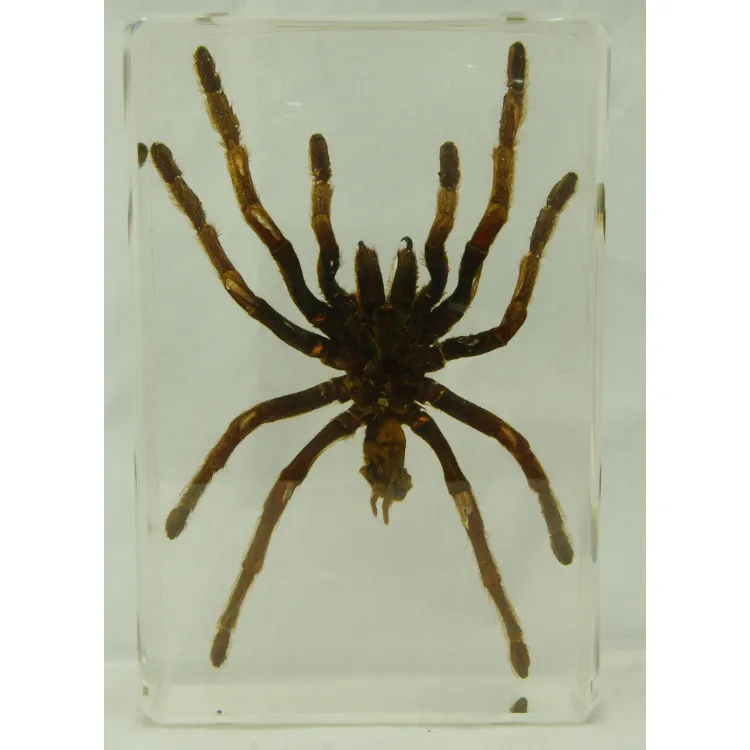What is a Mega Tarantula
The term ‘mega tarantula’ isn’t a scientific classification, but rather a descriptive term often used to refer to particularly large or impressive tarantula species. These spiders are captivating creatures, drawing both fascination and fear from people around the world. They are part of the Theraphosidae family, which encompasses some of the largest spiders on Earth. These arachnids are known for their imposing size, hairy bodies, and unique behaviors. Understanding the mega tarantula involves appreciating their diverse characteristics, from their physical attributes and habitats to their feeding habits and interactions with humans. They’re fascinating from their ability to ambush prey to their complex mating rituals and even their role within ecosystems. Observing these giants of the arachnid world offers a glimpse into the wonders of the natural world.
Physical Characteristics of Mega Tarantulas
Mega tarantulas, as their name suggests, are distinguished by their considerable size, which is often a defining feature. Their bodies are covered in a dense layer of hairs, contributing to their fuzzy appearance. These hairs serve multiple purposes, including sensory perception and defense. The coloration of these spiders can vary greatly depending on the species, ranging from earthy browns and blacks to vibrant hues. The anatomy of a mega tarantula, like all spiders, includes a cephalothorax (fused head and thorax) and an abdomen. They have eight legs, each tipped with claws that allow them to climb and navigate various surfaces. The presence of chelicerae, the mouthparts containing fangs, is another key characteristic. Their size, coupled with their hairy bodies and distinctive coloration, sets them apart as some of the most recognizable spiders on the planet.
Size and Appearance
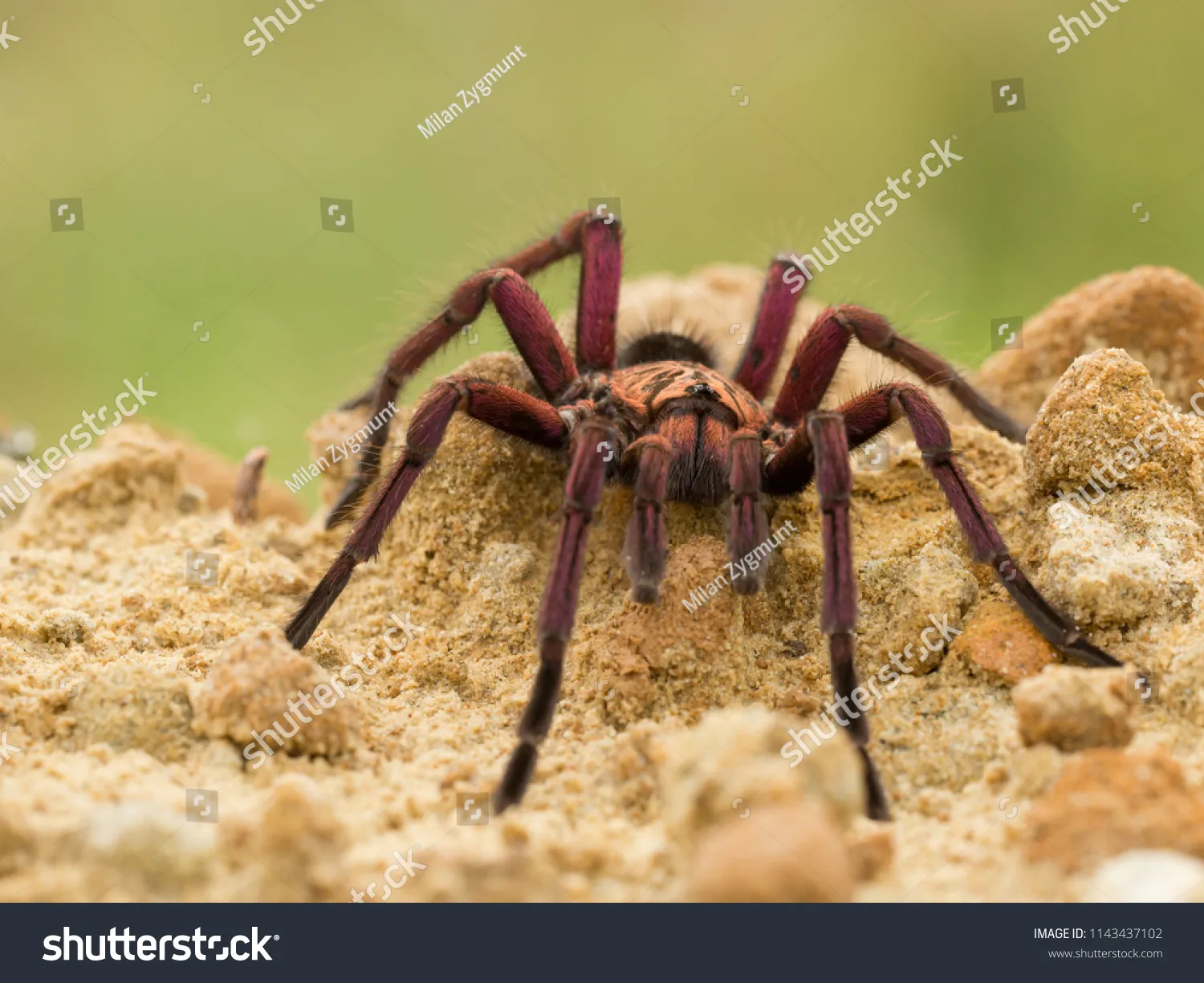
One of the most striking aspects of mega tarantulas is their size. Some species can have a leg span exceeding 10 inches, making them some of the largest spiders in the world. Their bodies, while not as long as their leg span, can still be quite substantial. The overall appearance is often imposing, with a robust build and a covering of dense hairs. These hairs can vary in color, from dark browns and blacks to lighter shades of tan or even reddish tones. The overall impression is one of power and presence, reflecting their position as apex predators in their environments. The combination of size, hairiness, and coloration contributes to their unique and often intimidating appearance, making them a captivating subject of study and observation.
Color Variations and Patterns
The color variations and patterns found in mega tarantulas are as diverse as their sizes. Some species exhibit uniform colors, such as solid browns or blacks, providing camouflage in their natural habitats. Others boast intricate patterns and vibrant hues, ranging from oranges and reds to blues and greens. These colors may serve purposes like camouflage, attracting mates, or warning potential predators. The distribution of colors can vary across different body parts, with contrasting patterns on the legs, carapace (the upper part of the cephalothorax), and abdomen. Some tarantulas have striking markings, such as stripes, spots, or intricate designs that make them easily recognizable. These color variations and patterns not only add to the visual appeal of mega tarantulas but also play a vital role in their survival and communication.
Habitat and Distribution
Mega tarantulas are found in various habitats across the globe, thriving in warm, humid environments. Their distribution is primarily concentrated in tropical and subtropical regions, where they can find suitable conditions for survival. They occupy diverse environments, ranging from rainforests and grasslands to deserts and scrublands. Their ability to adapt to different environments has enabled them to colonize a wide range of geographical locations, including North and South America, Africa, Asia, and Australia. Understanding their habitat preferences is essential for their conservation, as changes in climate or habitat destruction can significantly impact their populations. The distribution of these spiders highlights their resilience and adaptability to different ecological niches.
Where They Live
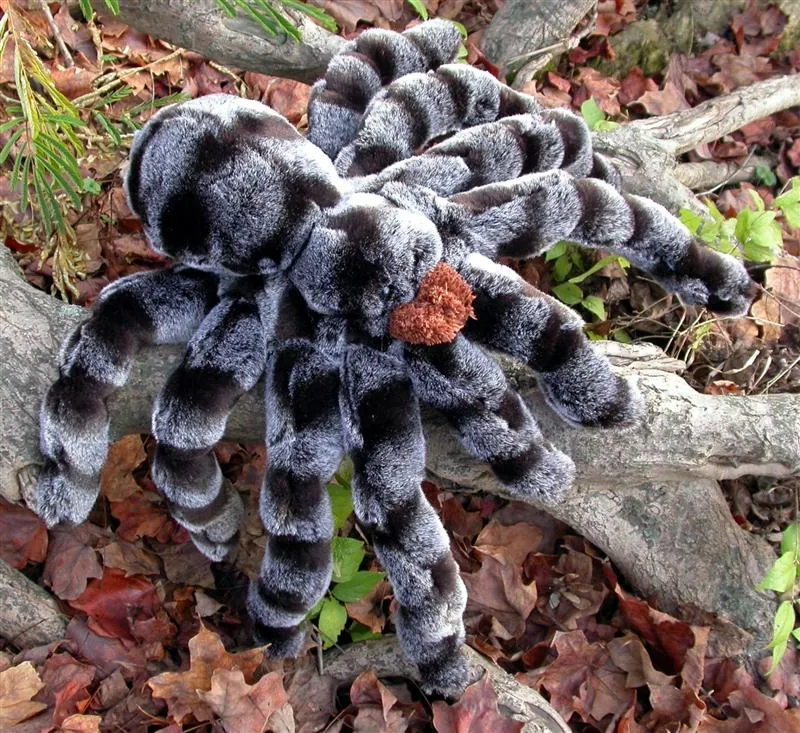
Mega tarantulas have diverse living arrangements depending on the species and their preferred environment. Many species are terrestrial, living in burrows they dig themselves or occupy pre-existing ones. Some are arboreal, spending their lives in trees, under the bark, or in the foliage. These spiders often create silk-lined retreats to protect themselves from predators and the elements. The locations of their homes also vary, from underground burrows in the soil to hidden crevices in rocks or trees. The choice of habitat is often influenced by factors such as prey availability, climate, and the need for protection. Some mega tarantulas are opportunistic, adapting to various environments as needed, while others have specific habitat preferences that are crucial for their survival.
Preferred Environments
The preferred environments of mega tarantulas are typically warm and humid, providing optimal conditions for their survival and activity. They often thrive in areas with abundant vegetation, which offers both shelter and a plentiful food supply. Rainforests, grasslands, and tropical forests are common habitats for these spiders. Soil composition is also important, with some species preferring loose, well-drained soil for burrowing. The presence of leaf litter and other organic matter can provide additional cover and contribute to the habitat’s humidity. These spiders often choose microhabitats that offer protection from extreme temperatures and direct sunlight, seeking out shaded areas during the hottest parts of the day. The availability of suitable environments is a crucial factor in determining the distribution and abundance of mega tarantula populations.
Diet and Feeding Habits
Mega tarantulas are primarily carnivores, with their diet consisting mainly of insects and other invertebrates. They are opportunistic predators, meaning they will eat whatever prey is available, including larger animals. Their feeding habits are characterized by patience and stealth, as they typically wait for their prey to come within striking distance before ambushing them. Their powerful chelicerae, or fangs, are used to inject venom, which immobilizes the prey and begins the digestive process. The diet of a mega tarantula can vary based on its size, age, and the availability of food in its environment. They play an essential role in their ecosystems, helping to control insect populations.
What Mega Tarantulas Eat
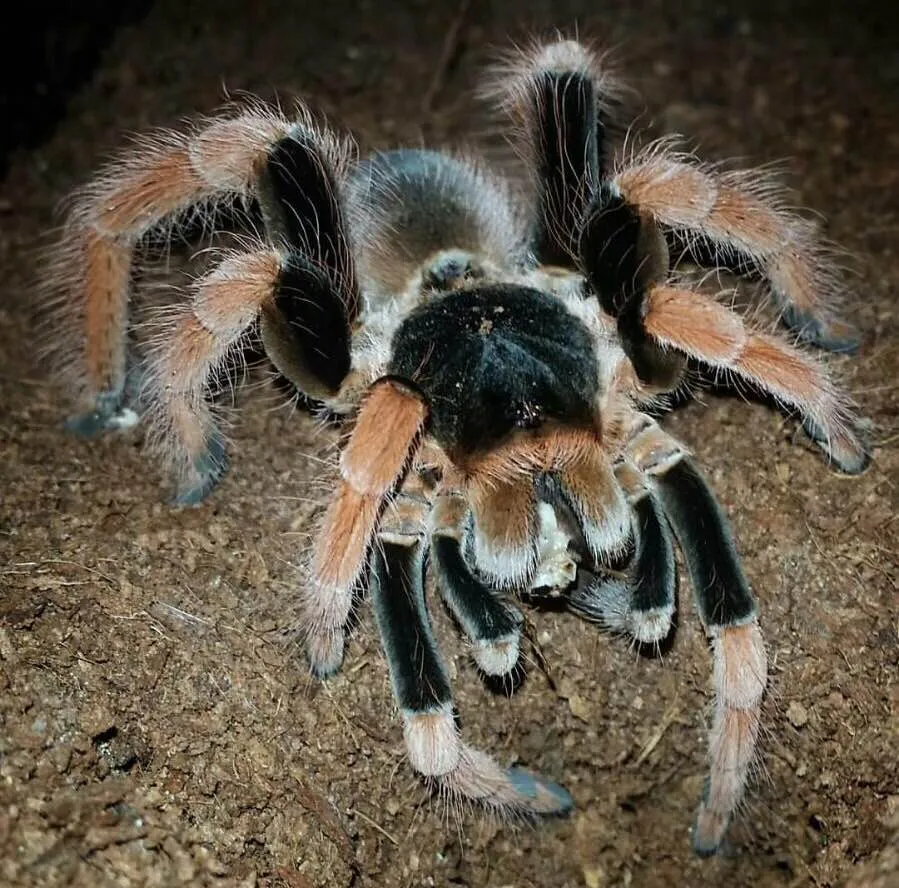
The diet of mega tarantulas is incredibly diverse. They are voracious eaters, consuming a wide variety of prey. Insects, such as crickets, cockroaches, and beetles, form the bulk of their diet. They also prey on other invertebrates, including worms, centipedes, and even smaller spiders. Larger species can even capture and consume small vertebrates, such as mice, lizards, and birds. The size and strength of a mega tarantula determine the size of the prey it can handle. Younger tarantulas consume smaller insects, while adults are capable of taking down larger animals. They also consume the exoskeletons of their prey. The ability to consume such a varied diet contributes to their adaptability and success in different environments.
Hunting Strategies
Mega tarantulas employ a variety of hunting strategies to capture their prey. Most species are ambush predators, meaning they wait patiently in their burrows or other concealed locations, ready to strike. They rely on their keen senses, including touch and vibration, to detect the presence of prey. When a potential meal comes within range, they rapidly pounce, injecting venom through their fangs. The venom paralyzes the prey, and the spider then begins to digest it externally. Some species actively hunt, stalking their prey and pursuing it until they can make a successful attack. Others use silk to create traps, ensnaring unsuspecting insects. The hunting strategies of mega tarantulas demonstrate their adaptability and efficiency as predators.
Unique Behaviors of Mega Tarantulas
Mega tarantulas exhibit a range of unique behaviors that set them apart from other spider species. These behaviors include web-building techniques, defensive mechanisms, and intricate mating rituals. They also display complex communication methods, using vibrations and pheromones to interact with each other. Some species are known for their territorial behavior, fiercely defending their burrows or hunting grounds from intruders. These behaviors are essential for survival, reproduction, and communication. They reflect the complex lives of these fascinating arachnids. The study of their behavior provides insights into the adaptations that allow mega tarantulas to thrive in diverse environments.
Web-Building and Burrowing
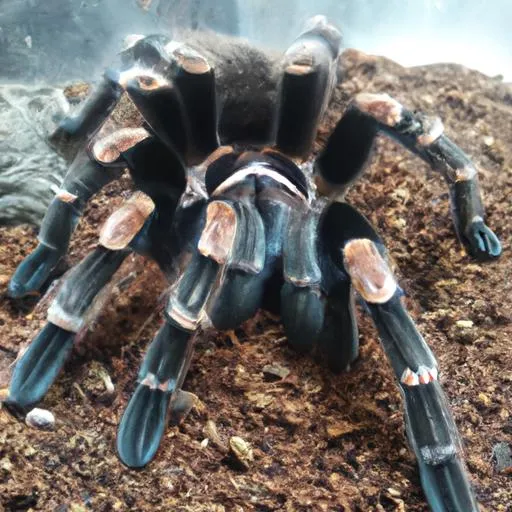
While not all mega tarantulas build webs in the traditional sense, many species use silk for various purposes, including creating retreats and lining burrows. They typically construct silken mats in their burrows to provide a comfortable and secure environment. Web-building skills can vary among species, with some creating extensive webs to trap prey, while others rely on ambush tactics. Burrowing is another common behavior. They dig burrows in the soil using their chelicerae and legs, creating a safe haven from predators and the elements. The shape and depth of the burrows vary depending on the species and the environment. These burrows often include silk linings, which help to stabilize the structure and regulate humidity. The ability to create webs and burrows is a crucial adaptation for survival.
Defensive Mechanisms
Mega tarantulas possess a variety of defensive mechanisms to protect themselves from predators. One of the most common defenses is the use of urticating hairs, which are barbed hairs located on their abdomens. When threatened, they flick these hairs towards their attacker, causing irritation and discomfort. Another defense mechanism is their ability to bite, injecting venom through their fangs. They also have the ability to drop limbs, a process called autotomy. This helps them escape predators, though the limb will not grow back. Some species use their size and coloration as a deterrent, warning potential attackers of their presence. The combination of these defensive mechanisms helps mega tarantulas survive in environments where predators are present.
Reproduction and Life Cycle
The reproductive cycle of mega tarantulas is a fascinating process that involves complex mating rituals, egg laying, and the development of spiderlings. The life cycle begins with mating, where the male must approach the often larger and potentially aggressive female with caution. After mating, the female lays her eggs in a silken sac, which she carefully protects. The spiderlings hatch from the eggs and go through several molts as they grow and develop. The duration of the life cycle varies depending on the species, with some tarantulas living for several years. Understanding their reproduction and life cycle is essential for conservation efforts.
Mating Rituals
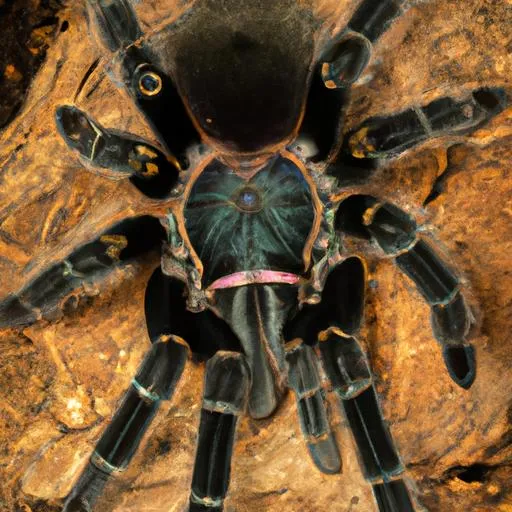
Mating rituals in mega tarantulas are elaborate displays of courtship behavior. The male tarantula approaches the female cautiously, often drumming on the ground to signal his presence and intentions. He may offer a gift, such as a wrapped insect, to appease the female and minimize the risk of being attacked. The female may respond by allowing the male to mate, or she may attack if she is not receptive. The male inserts sperm into the female’s reproductive organs, fertilizing her eggs. After mating, the male often retreats quickly to avoid being eaten by the female. The complexity of the mating rituals reflects the importance of successful reproduction in the survival of the species.
Egg Sacs and Spiderlings
Following successful mating, the female mega tarantula lays her eggs and encloses them in a silken egg sac. She fiercely guards the egg sac, protecting it from predators and the elements. The eggs incubate inside the sac, developing into spiderlings. The number of eggs in a sac varies depending on the species. Once the spiderlings hatch, they remain in the sac for a period of time, molting and growing before venturing out. The female provides the initial care and protection for her offspring. The survival rate of the spiderlings is often low, but those that survive will eventually disperse and begin their independent lives. The process of egg laying and spiderling development is a crucial part of the mega tarantula’s life cycle.
Conservation Status
The conservation status of mega tarantulas varies by species, with some facing greater threats than others. Habitat loss, due to deforestation and urbanization, is a significant threat to many populations. The pet trade, which can lead to over-collection from the wild, also poses a risk. Climate change, affecting temperature and rainfall patterns, can also impact tarantula habitats and food sources. Many species are not yet assessed, meaning their conservation status is unknown. Conservation efforts are essential to protect these fascinating creatures and ensure their survival for future generations. These efforts include habitat preservation, regulation of the pet trade, and public education.
Threats to Mega Tarantulas
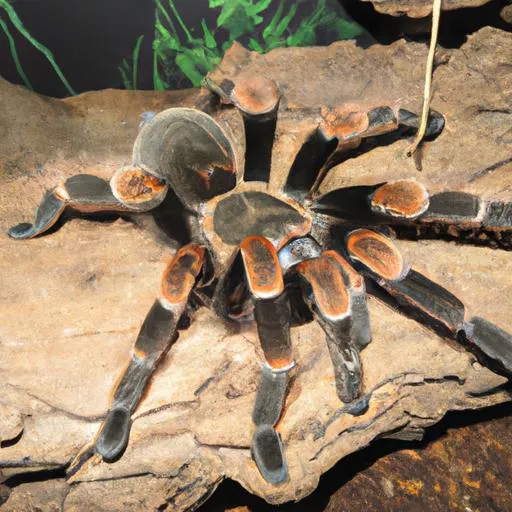
Mega tarantulas face a variety of threats that endanger their survival. Habitat loss is a primary concern, with deforestation and the conversion of natural habitats into agricultural land or urban areas leading to population decline. The pet trade can also pose a significant risk, as over-collection from the wild can decimate populations. Climate change, with its effects on temperature and rainfall patterns, can disrupt habitats and impact food availability. The use of pesticides in agriculture can also harm tarantulas, either directly or by reducing their prey base. Understanding these threats is crucial for implementing effective conservation strategies to protect these spiders.
Conservation Efforts
Conservation efforts are crucial for protecting mega tarantulas and ensuring their survival. These include habitat preservation through the establishment of protected areas and the promotion of sustainable land-use practices. Regulation of the pet trade can help prevent over-collection from the wild and ensure that tarantulas are sourced responsibly. Public education is also essential. Raising awareness about tarantulas and their importance in ecosystems can encourage responsible behavior and support conservation efforts. Scientific research is vital for understanding the needs of different species and developing effective conservation strategies. Protecting mega tarantulas requires a collaborative approach, involving governments, conservation organizations, and the public.
Interactions with Humans
Mega tarantulas interact with humans in various ways, ranging from encounters in their natural habitats to their role as pets. While most species are not aggressive, bites can occur if they feel threatened or provoked. Venom from tarantula bites is generally not life-threatening to humans, but can cause localized pain, swelling, and other symptoms. Tarantulas are increasingly popular as pets, with many people appreciating their unique appearance and behaviors. Responsible pet ownership involves providing proper care and understanding the tarantula’s needs. Public perception of tarantulas often ranges from fascination to fear, with education playing a crucial role in promoting a more informed and positive view of these creatures.
Bites and Venom
Tarantula bites can occur if these spiders feel threatened, or if they are mishandled. The bite of a mega tarantula can be painful due to the size of the fangs and the injection of venom. The venom typically causes localized symptoms, such as pain, swelling, redness, and itching at the bite site. In rare cases, more severe reactions, such as muscle cramps, nausea, or fever, can occur. The venom is generally not life-threatening to humans, but medical attention should be sought if severe symptoms are present. Avoiding bites involves respecting tarantulas and not handling them unnecessarily. Education about safe handling practices is essential for both pet owners and people who encounter tarantulas in the wild.
Keeping Mega Tarantulas as Pets
Mega tarantulas are popular pets for many people. Keeping a tarantula involves providing an appropriate habitat and understanding their specific needs. A suitable enclosure should be of adequate size, with proper ventilation and substrate. The enclosure should also be escape-proof, as tarantulas are skilled climbers. Maintaining proper temperature and humidity levels is essential for the tarantula’s health. Feeding involves offering a diet of insects, such as crickets and roaches, which should be of a suitable size for the tarantula. Handling should be kept to a minimum, as tarantulas can be easily stressed. Thorough research and understanding are vital before bringing a mega tarantula into your home.
